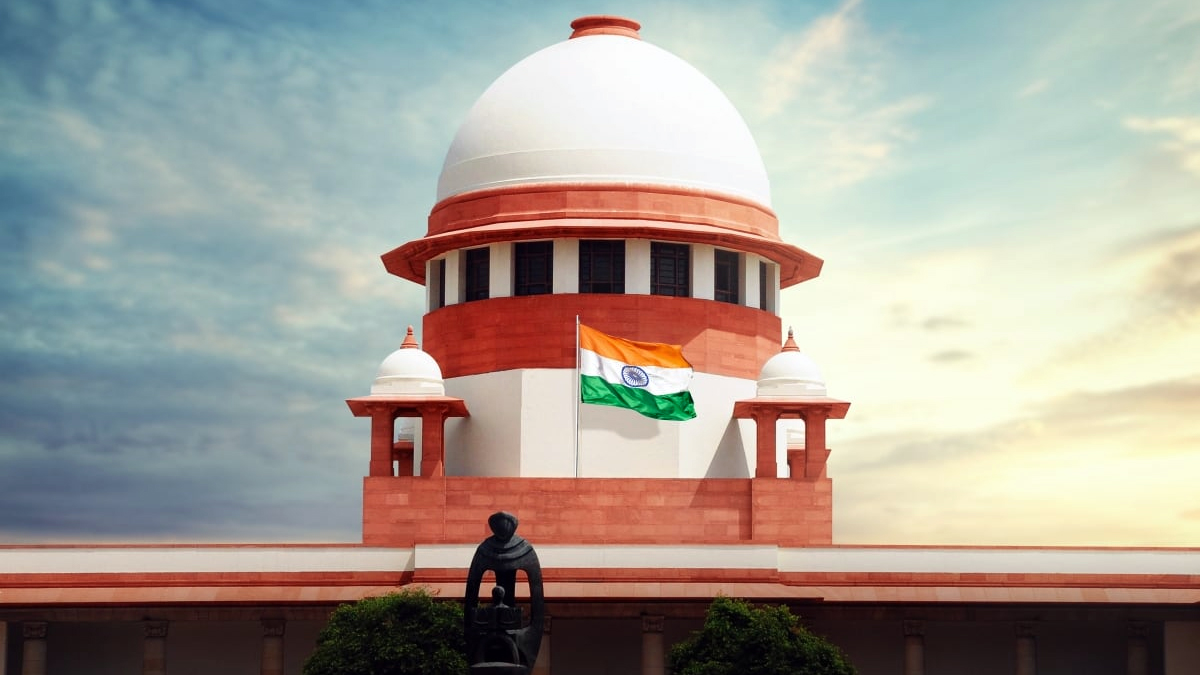
Debating Aligarh Muslim University’s Minority Status: Historical Choices and Legal Implications
Last Updated on January 25, 2024 by News Desk
Introduction:
In the ongoing legal discourse surrounding the minority status of Aligarh Muslim University (AMU), petitioners recently concluded presenting their arguments. Advocate M.R. Shamshad highlighted the significance of group rights for minorities under Article 30 of the Constitution, emphasizing the inclusivity of the provision. On the opposing side, Attorney General R. Venkataramani argued that the exercise of Article 30 requires enabling legislation and should not exempt institutions from constitutional regulations.
Issues:
The crux of the matter revolves around whether AMU relinquished its minority status when it transformed from Mohammedan Anglo-Oriental College to AMU under the 1920 legislation. Shamshad, echoing the sentiments of his fellow petitioners, asserted that once a minority institution is founded and administered by minorities, it should retain its status. Conversely, Venkataramani contended that the absence of enabling legislation renders Article 30 inoperable, making the fundamental right subject to statutory laws.
Reasoning:
Solicitor General Tushar Mehta delved into the historical context, arguing that AMU voluntarily surrendered its minority status by choosing to be established under imperial legislation. Mehta pointed to the “Aligarh Split” and the 1920 Act, emphasizing that AMU had options, including affiliating with Allahabad University or surrendering its minority status to the British government. He highlighted the government’s control over AMU, emphasizing that it was explicitly intended to be a non-religious institution.
Conclusion:
The debate surrounding AMU’s minority status hinges on nuanced legal interpretations and historical events. While Shamshad advocates for the preservation of group rights, Venkataramani insists on the necessity of enabling legislation. Mehta’s historical perspective posits that AMU willingly surrendered its minority status in 1920. As the arguments conclude, the court must carefully consider the interplay of constitutional provisions, historical choices, and legislative intent to arrive at a fair and just decision. The outcome of this case holds implications not only for AMU but potentially for the broader landscape of minority institutions in India.
Written by — Athi Venkatesh AVD




